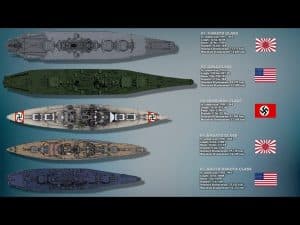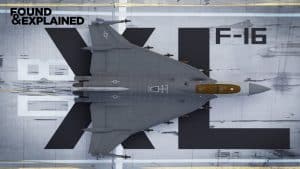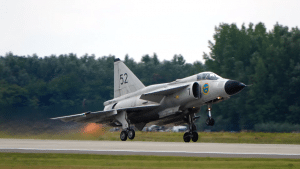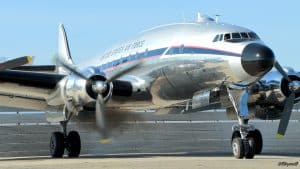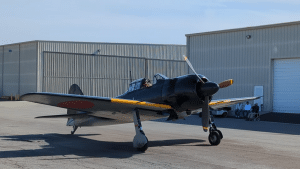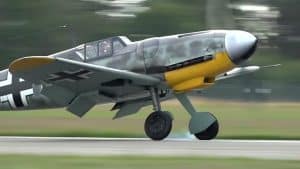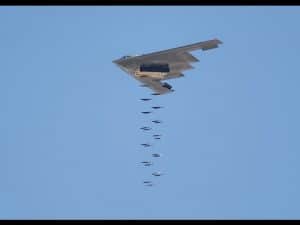Everything You Need To Know Inside The A6M3 ‘Zero’ Cockpit
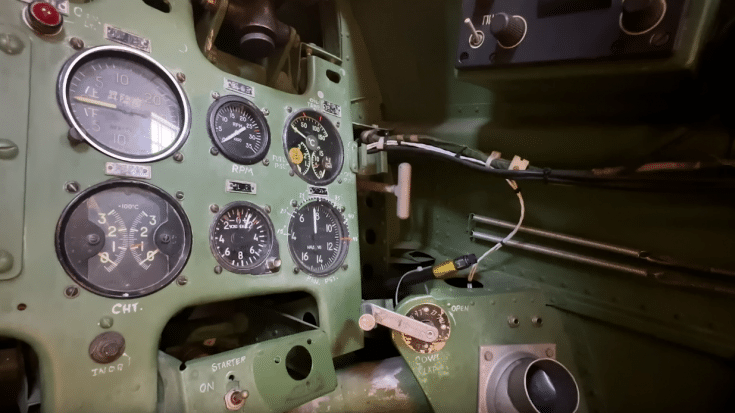
YouTube / Military Aviation History
The Japanese A6M Type 0 fighter is a single-seat, low-wing monoplane aircraft used extensively by the Japanese during World War II. Only a few of them are left in flying condition, making them rare in museums all around the world.
In this post, we’ll get to examine five important things about the A6M3 Zero:
Engine

The engine at the back is the Sakae 21, producing approximately 1,100 horsepower at its highest setting. The engine also previously had a two-stage, two-speed supercharger.
However, the restored version has the R-1830 engine due to things like sourcing spare parts. It’s also easier to use these engines than the Sakae.
Wing
The plane’s wing has a fuel tank of approximately 55 gallons. Then, on the outer section of the wing, you’ll come across a 12-gallon fuel tank. The wing tips can also be folded- a provision made for the carrier seen on the M2 variant of the plane. Meanwhile, the M3 variant had cut wings.

Towards the trailing edge, the course has large ailerons covered with canvas instead of metal skin. It also has variable trim tabs and split flaps.
Fuselage
The construction of the fighter is quite interesting. It has a composite structure- the front is semi-monocoque, and the rear is monocoque. The aircraft itself is also incredibly light – weighing around 4,000 pounds when it’s empty and around 6,500 pounds when fully loaded.

You can also see its mast antenna at the back of the fuselage as well as its navigation antenna.
Weaponry
The Zero is equipped with a 20 mm canon. It is an Oerlikon-type 20 mm gun, generally loaded with a drum magazine. The capacity was then improved, initially with 60 rounds in the M2 variant, now with 100 rounds. Later on, the Japanese also used belt-fed cannons.

On top of the cowling, you can also see two machine guns, and provisions were also made to mount bombs on the wings of the aircraft.
Cockpit
Inside the cockpit, there are subtle differences in the layout, especially when comparing it with Western fighters.
For instance, the throttle has a built-in push-to-talk button with an additional handle which is a trigger for the guns. This is different from Allied planes where the switch is generally on the stick.
Moving forward and down the aircraft, you’ll also come across a flat system control panel with a voltmeter. Again, this is something that’s commonly found on the right side of many Western airplanes.













